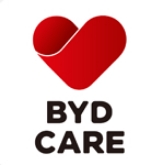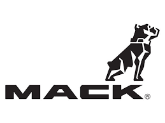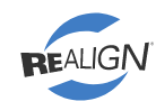Originally published by the Australian Institute of Health & Safety
For organisations looking to shift from lagging safety indicators to leading indicators, they must first address their preparedness, priorities and safety culture maturity level, according to recent research.
Specifically, leading indicators must be adopted with a systems-thinking approach where they are developed and used in a work context involving people and technology, rather than merely focusing on human behaviour or identifying leading indicators for machinery or plant.
In addition, such an approach must be applied through the use of active leading indicators (alongside other leading indicator types) which will enable constant monitoring of new sociotechnical system developments and facilitate early detection of changes in safety status.
The research paper, Unravelling the Gordian knot of leading indicators, published in Safety Science by a team of four academics and industry experts from the UK and South Africa, also said suggested leading indicators should be structured in a nested or multi-tiered way.
“For example, if a company adopts safety culture as leading indicators of safety, then leading indicators for measuring safety culture must be adopted,” the researchers said.
“Similarly, if the company adopts safety inspection or safety observation to monitor safety culture of the company, then leading indicators to measure and monitor the efficiency of those methods must be developed and recorded.”
The research also noted that the design of countermeasures and barriers generated through the continuous use leading indicators will be limited to the knowledge that organisations have and their past experience only.
Therefore, to improve the quality and extent of data collected through leading indicators, the researchers suggested organisations create a centralised safety analytics platform and incorporate knowledge and insights about leading indicators and safety challenges from practices of other relevant organisations and industries.
“Such undertaking, in turn, will provide a thorough and more comprehensive safety intelligence and will enable organisations to learn from their own shortcomings as well as from mistakes occurring in other organisations’ projects (by uncovering unknown unknowns),” the research paper said.
This process will generate significant amounts of data, which also require a systematic and automated process which requires technical expertise to analyse data on a continuous basis and also select pertinent leading indicators from a database for a proactive safety management.
“In such a centralised database or platform of safety intelligence, both lagging and leading indicators are crucial elements or signals emanating from complex systems from which more insights can be deduced whether timely or after-the-fact,” the researchers said.
They also noted that both lead and lag indicators have strengths and weaknesses. Lagging indicators, for example, are associated with unfavourable outcomes and adverse consequences, have the power to “halt the system”, and are more discernible than leading indicators.
On the other hand, leading indicators are weaker and not easily detectable unless sought after, more dynamic and time-dependent and generally indistinct and blended into the status quo (such as periods where there are no accidents).
“However, due to the malleability of both leading and lagging indicators and regardless of the metric chosen to adopt, their accuracy will be threatened with poor safety culture in an organisation and this will lead to management of metrics rather than management of safety,” the authors said.













































































